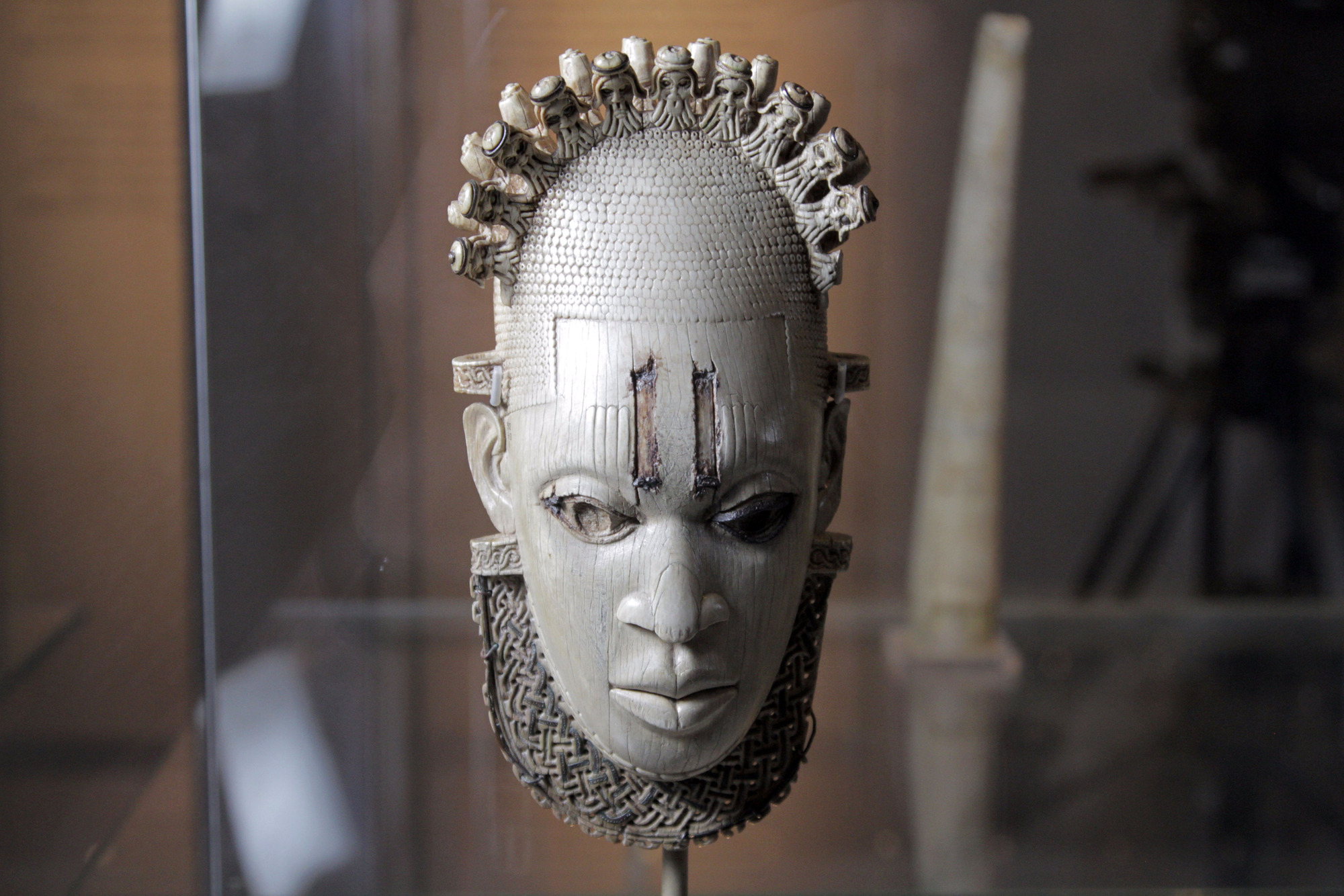
Calling something “civilized” reeks of imperialism. That is why Civilisations, the BBC remake of Kenneth Clark’s landmark art series, steers clear of putting different civilizations in competition for superiority, and why the original has for a long time seemed unfashionable. But there is one thing at least that Simon Schama—broadcasting in 2018—and Clark—broadcasting in 1969—agree on. Though we can’t, maybe shouldn’t, presume to know what civilization looks like, we know its opposite when we see it. This sentiment was voiced in the original and is echoed throughout the remake, which opens with footage of IS militants razing heritage sites and condemning people to death for defending them. When something threatens thousands of years of cumulative human work, we must think seriously about appreciating everything that could disappear tomorrow. That includes everything in Civilisations and in its original; both shows are monuments that deserve to be seen in dialogue with each other. Both are relevant to our age for their content and the dialogues they have provoked.
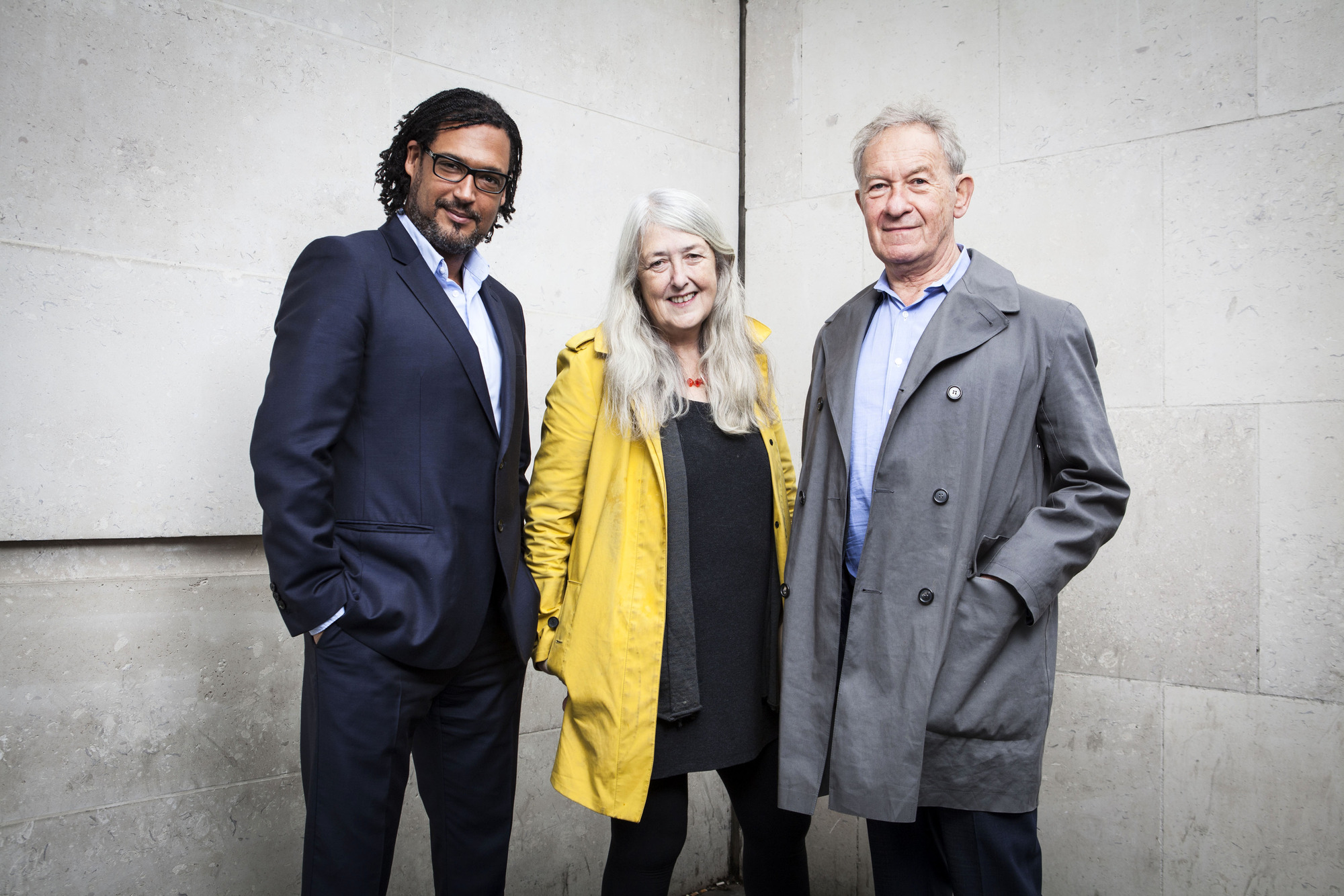
Originally commissioned by David Attenborough, the original Civilisation was conceived to showcase what colour television could do with art; it was the first of its kind. Clark in fact suggested at the time that John Berger—whose Ways of Seeing a few years later threw down the gauntlet to Clark’s own way of seeing—might be a better fit. Since then, it has been Berger’s approach to looking at art that has had the stronger influence on our sensibilities. The original Civilisation is now considered “elitist” and “narrow”, favouring as it does the European artistic tradition over that of other civilizations. Yet, in a foreword to the book which capitalized on the show’s success, Clark pointed out that he limited himself to Western Europe for reasons of scale and knowledge. To have included “China, Persia, India and the world of Islam” would have meant “another ten programmes at least”. Scope for another series? That’s precisely what the new show has done.
“When something threatens thousands of years of cumulative human work, we must think seriously about appreciating everything that could disappear tomorrow”
Over nine hours (against the original eleven) David Olusoga and Schama tell stories of the destruction that led to the Benin Bronzes being shown in the British Museum, discuss the Song Dynasty Chinese landscapes and compare Michelangelo’s design for St Peter’s Basilica with the contemporaneous Ottoman megastructure, Mimar Sinan’s Süeymaniye Mosque. Mary Beard takes us through the way western art has shaped our perceptions of beauty, in and outside the museum. And it is her, really, who sums up what the show is about.
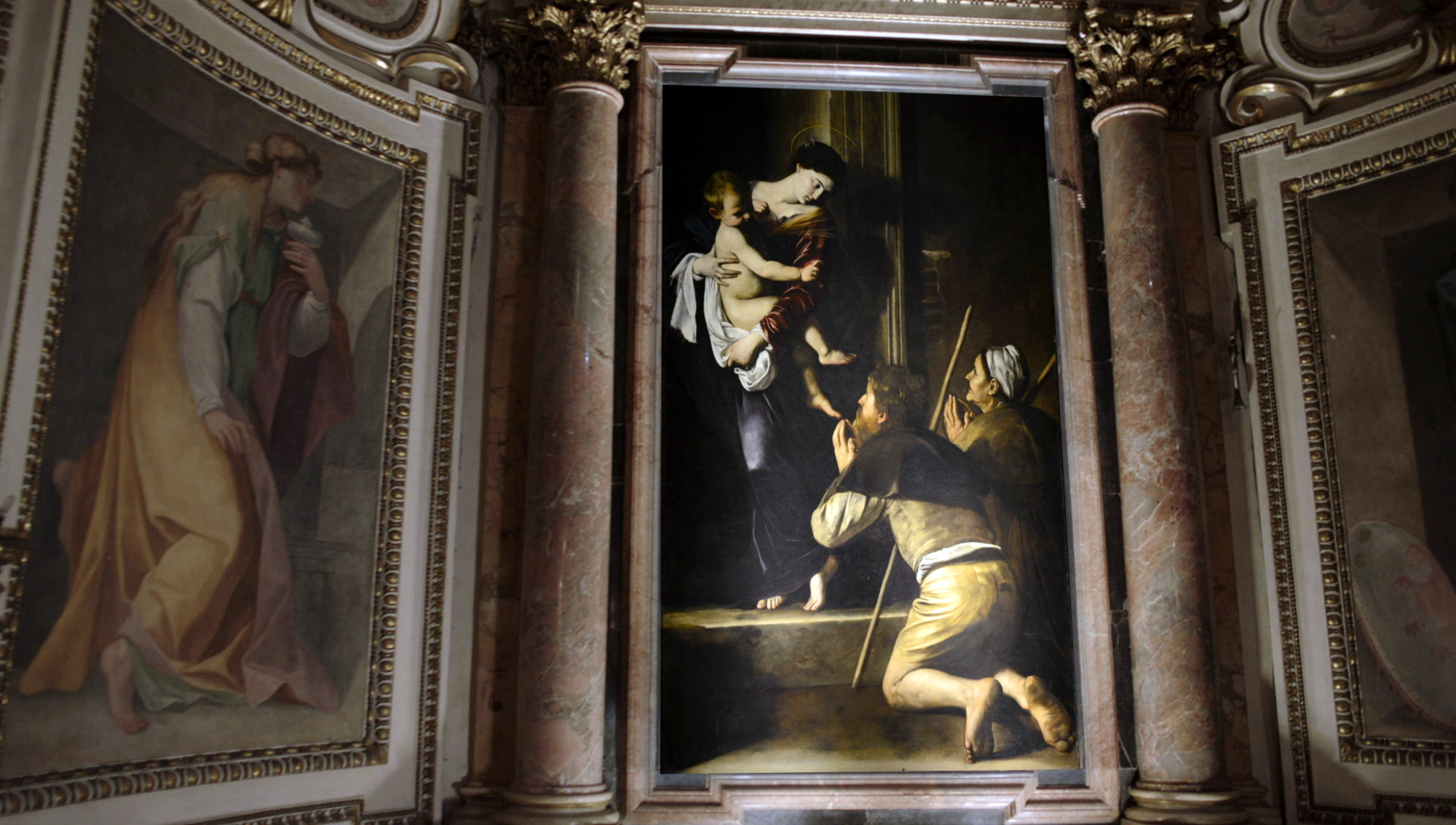
Beard is on the ascendant as a pop figure who can do both the learned and the popular. She’s a TLS editor, Oxbridge classics don and playful, almost cosy, iconoclast. Last Autumn she collaborated with Hauser & Wirth on Bronze Age c. 3500 BC–AD 2017 at the gallery’s Frieze London stall. A sort of immersive faux museum display, it secreted objects bought on eBay among ancient armour, pots and pestles, with Beard herself providing their fake histories. The most talked about thing at the fair, it felt subtle yet instantly approachable. It even had a gift shop; the young attendant looked like he was spending his holidays working at the local museum while his friends were off interrailing. The show is currently on display at Firstsite gallery in Colchester. 
On-screen, it’s fun to watch her throwing shade on Ruskin and his interpretations of Tintoretto. In fact, it’s very close to the personal and confident approach of Clark before her, though her hedged defense of iconoclasm itself—how the defacing of religious icons, in fact, creates new artworks—seems to contradict the show’s opening message about the destruction of Palmyra. Perhaps, embodying as she does both the establishment and protest against the establishment, Beard could have done the whole thing herself. I would have liked to have seen that. And it is her contribution, often remembered for the petition in 2014 to put a woman on the show, that has most riled reactionaries. On the one side, there has been criticism of the show for being too concerned with modern “power structures” of sexism, racism and fattism. On the other side, people have praised it for righting the wrongs of Clark’s show.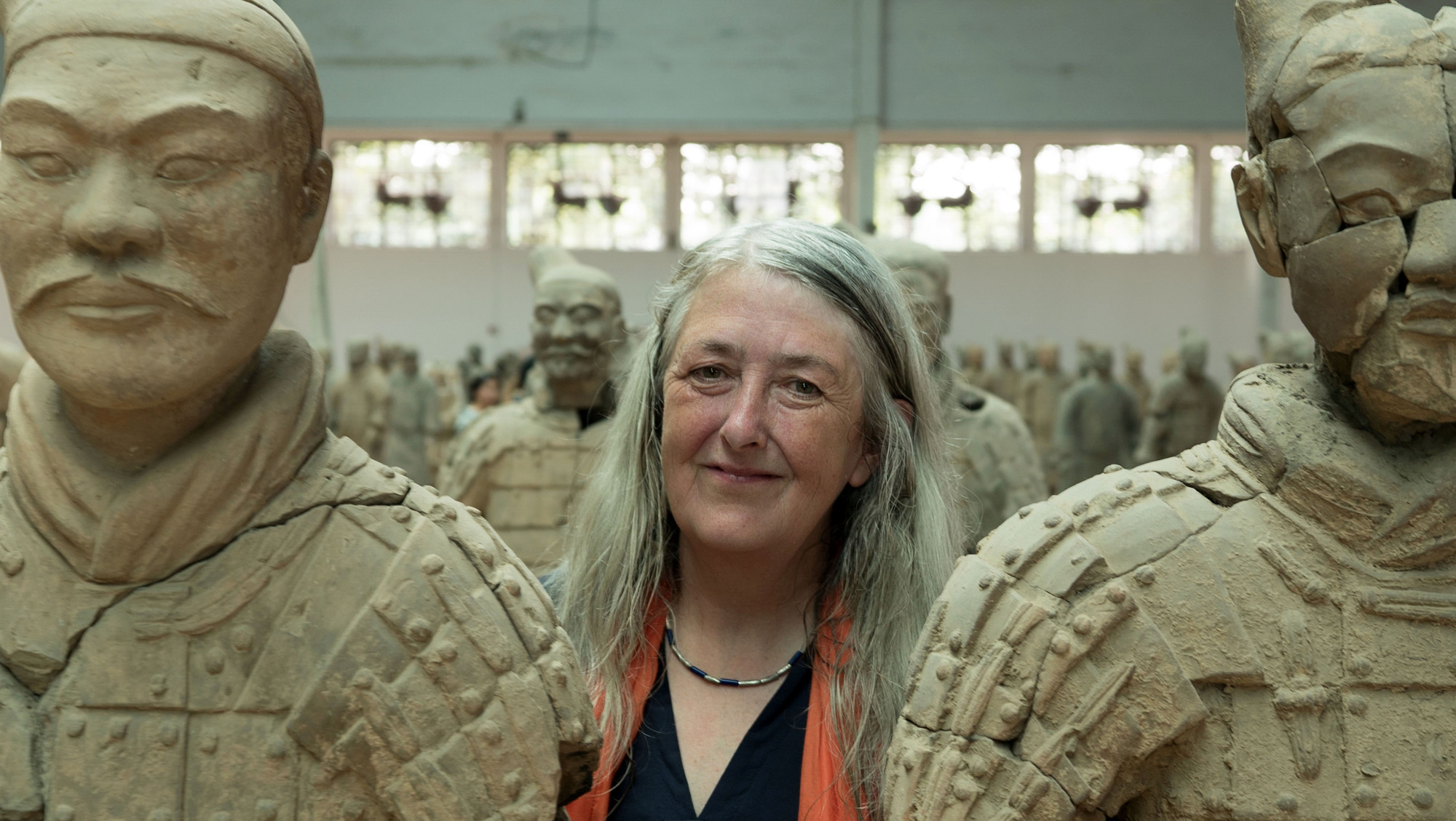
The need to pick one over the other is everything that’s wrong with how we talk about art today. It’s splitting us down the middle and is seemingly enacted in every debate. Look at Sonia Boyce’s quite ingenious temporary removal of Waterhouse’s Hylas and the Nymphs from Manchester Art Gallery. Half the responses read it as a “ban” or “censorship”, needlessly spoiling the day for pensioners who like the picture, while the other half got behind an imagined clarion for militancy. The art of it became the exposing of a divide around how we look at art in a social media age, between traditionalists and activists—both too quick off the mark. But it was intended to be a more sedate, interested and curious questioning.
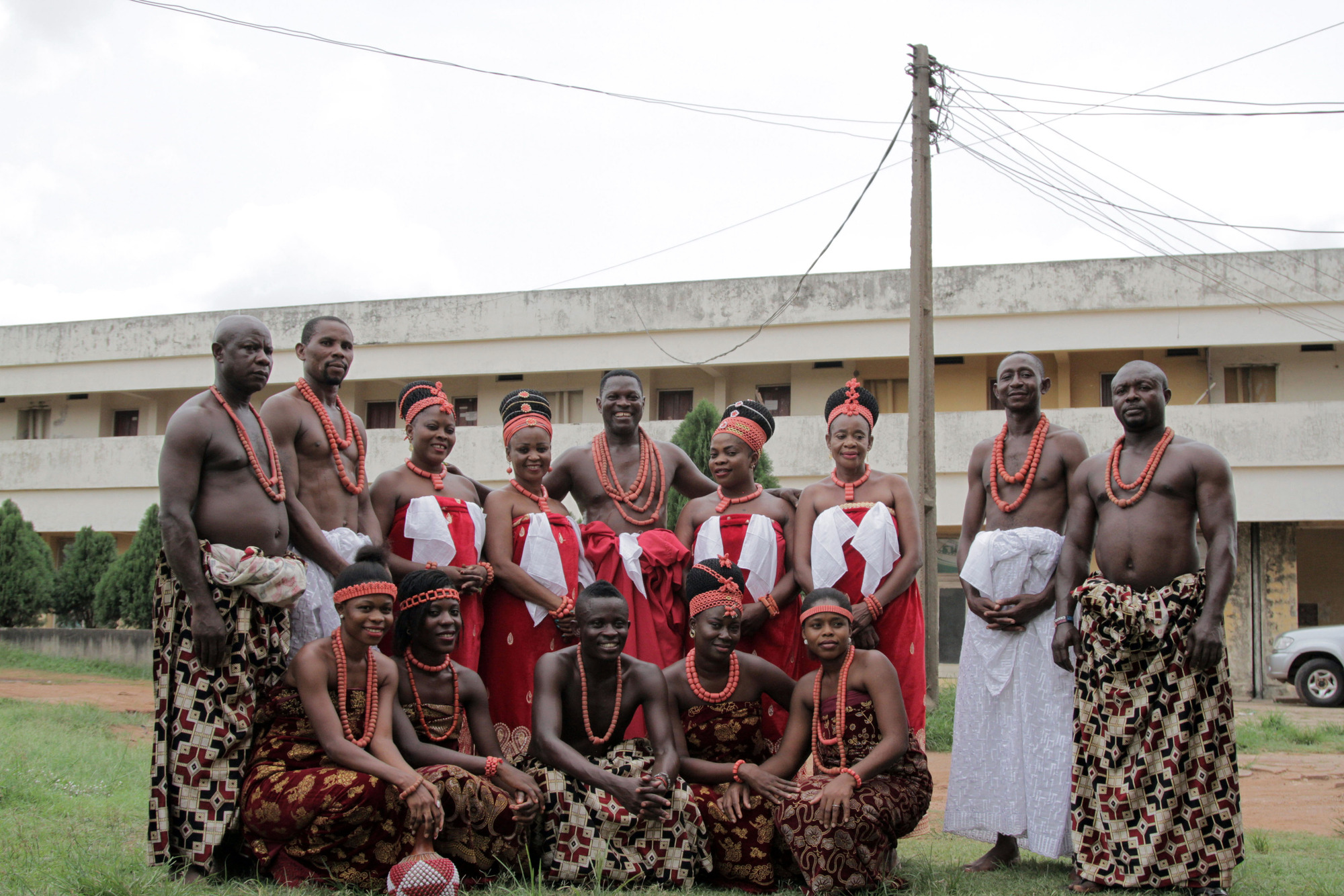
And I think that the presence of Civilisations and Civilisation side-by-side on BBC iPlayer should provoke the same interested and curious questioning. The new Civilisations is a conversation with the old. We shouldn’t fall into the trap of dismissing past valuations of art, simply because they are out of step with shifting dialogues. Nor should we fall into the other trap of letting them off lightly for being “products of their time”. We need to look hard at things and be able to hold two ideas at once. We need to mine everything for its value, and we need to be comfortable with feeling uncomfortable.
“We need to look hard at things and be able to hold two ideas at once. We need to be comfortable with feeling uncomfortable”
Clark was a snob who lived in a castle, his son was loathed by many. His show was also immensely popular, and is often considered the best BBC show of all time. If it wasn’t for him, those who didn’t live in castles in the late sixties might have known far less about western art. We’ve since needed to be taken away from the European tradition. But BBC license payers today, who are about to leave an institution that was the culmination of a half-century project, ought also to remember the beautiful things Europe accomplished as a united tradition. Across the pond, it pays to be shown that Thomas Jefferson, as well as being President, was an author, architect and musician. Look at what’s occupying the Oval Office now.
Some of Clark’s themes were extremely prescient, and still hold. In episodes about the Reformation and Counterreformation, Clark depicted an atmosphere of mob rule where church artifacts were defaced, despite those leading the revolution not endorsing the behaviour. Revolution, even when requested softly or democratically, can give license to barbarism. Watching the show, I was taken back to June 2016 the day after the Brexit vote, when I ran into Simon Schama himself in the BBC foyer. Us being the only ones there, we talked about the outcome and the uncertain times ahead. As I left him, he shouted, “Courage!” after me. And I imagine Schama would agree with me on this: the old show should have been made available on iPlayer years ago.





